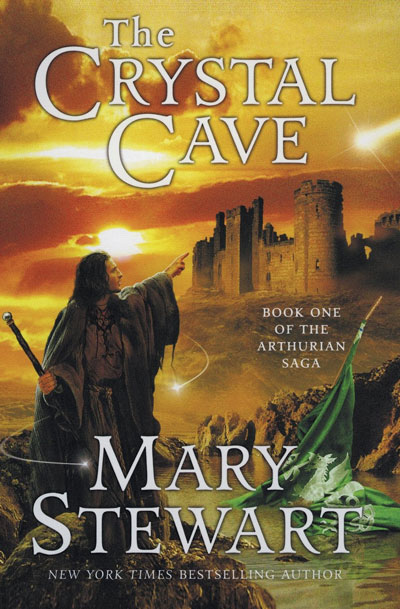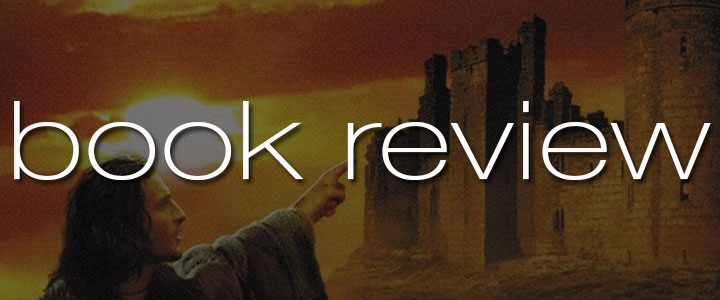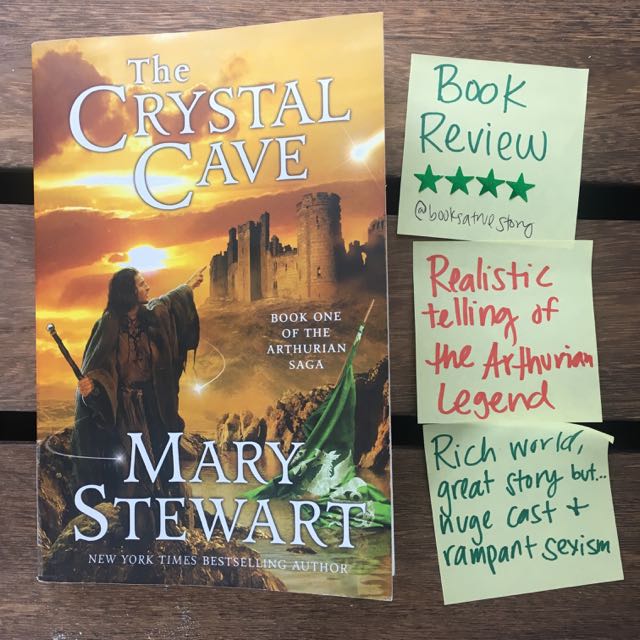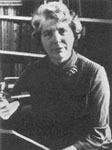
The Crystal Cave
by Mary Stewart
Series: Arthurian Saga #1
Published: May 1st 2003
(494 pages)
moreFifth century Britain is a country of chaos and division after the Roman withdrawal. This is the world of young Merlin, the illegitimate child of a South Wales princess who will not reveal to her son his father's true identity. Yet Merlin is an extraordinary child, aware at the earliest age that he ...
The Crystal Cave felt like history more than fiction. I guess that’s why it’s called a legend. What’s real and what isn’t? The mixture of real places, possibly real events and wars, ancient religions like the Druids, and completely made up magic make this legend so interesting to read. Since not much is known about the druids, you can make anything up and who knows, it could be true! The map at the beginning of the book is of England with Stonehenge marked on it. The plot of The Crystal Cave ends up with someone buried at Stonehenge. I had no idea that Stonehenge is actually a cemetery until I read this book. And then when I thought there was another cool location I could visit in real life, a fictional place would be thrown in (or maybe a place that just doesn’t exist anymore??) Sadly, I could not find a place called Killare Castle in real life.
The magic was very subtle which made it feel more realistic. It almost doesn’t even feel like magic since Merlin has no control over it. Is his sight instinct or magic? Arthurian legend has always had that hint of this could have really happened. I found myself looking things up like the mysterious Mithras religion, which I learned is Roman in origin and has some similarities in symbolism to Christianity.
Speaking of symbolism, The Crystal Cave was full of animal symbolism that I didn’t get until we discussed them at book club.
- The Bear represents King Arthur
- The Dove represents Merlin as a boy
- The Falcon represents Merlin as a man
- The Wolf represents Vortigern and his dirty tactics
- The red dragon represents Ambrosius
I haven’t read a lot of Arthurian legend and I like that Mary Stewart explained where her version came from at the end of the book.
Historically speaking, the Historia Regum Brittaniae is appalling, but as a story it is tremendous stuff, and has been a source and inspiration for the great cycle of tales called the Matter of Britain, from Malory’s Morte d’Arthur to Tennyson’s Idylls of the King, from Parsifal to Camelot.
-Mary Stewart, The Crystal Cave (Author’ Note) pg 492
In the Author’s Note she explains where location names came from, how her story differs from the other Arthurian legends mentioned above, and why she chose certain character names. This nerd loved reading it.
As much as I liked the story and the rich world building that you expect from fantasy, there were a few things that I didn’t like. There is some foreshadowing that doesn’t amount to anything. Merlin says that King Gorlan is his real father but it doesn’t turn out to be true. It doesn’t make sense because all his other premonitions end up being true. Is this a plot hole? Or did I miss something? The rampant and casual sexism was probably accurate for the time but I still found it awful to read. The Crystal Cave has a huge cast of characters that have similar names and complicated relationships that I found hard to keep straight.
Book Review of The Crystal Cave on a Post-it
I post reviews like this on Instagram. Be sure to follow me there!










 My name is Jessica. I love to read Young Adult and classic literature. I’ve been a book blogger for six years and I haven’t gotten tired of it yet. I’m a very curious reader. Writing about all the questions and thoughts I had while reading a book is the best hobby ever.
My name is Jessica. I love to read Young Adult and classic literature. I’ve been a book blogger for six years and I haven’t gotten tired of it yet. I’m a very curious reader. Writing about all the questions and thoughts I had while reading a book is the best hobby ever.
I’m always intrigued by books about King Arthur but when I read them I find them boring. I don’t know why. I haven’t heard of this one though.